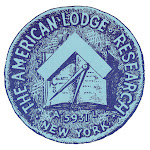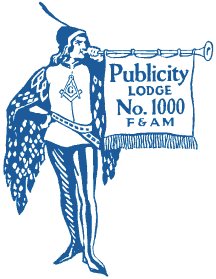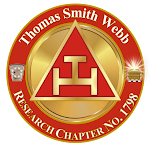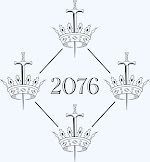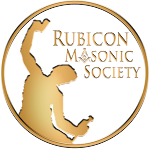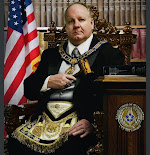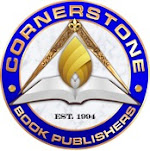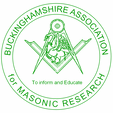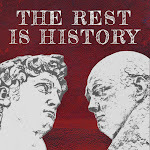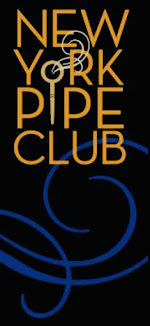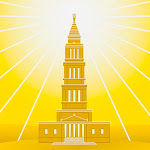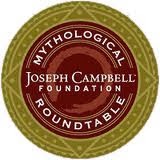 |
| Antiques and the Arts Weekly |
Speaking of auctions (see post below), Antiques and the Arts Weekly reports the sale last month of a nineteenth century tracing board that once hung inside a lodge way up in Hamilton, a village at the center of the triangle formed by Albany, Binghamton, and Syracuse. Known to New England Auctions as “Hamilton D,” the oil on canvas was painted by Ezra Ames (1768-1836), a major eighteenth and nineteenth-century portrait artist, and Freemason, based in Albany. This 57½ by 40¼-inch instructional guide to Masonic symbolism, framed in mahogany, was expected to garner between $4,000 and $8,000 but, at the sound of the gavel, it won $37,800.
 |
Antiques and the Arts Weekly Also auctioned was this Chinese-made punch bowl, c.1800, going for $2,772. |
The Connecticut-based periodical says:
An early Masonic tracing board painted by Ezra Ames led the day. Depicting various emblems and symbols of the Freemasons, including a skull and crossbones, keys, a sun, quills and, of course, the square and compass, the work, identified as “Hamilton D,” was bid past its $4/8,000 estimate to achieve $37,800. This oil on canvas painting was housed in a later nineteenth century mahogany frame, and the work was featured in J. Godwin and C. Goodwillie’s Symbols in the Wilderness: Early Masonic Survivals in Upstate New York (2016), a copy of which was included with the lot. As described in that text: “This tracing board, more than most examples, shows the hand of a trained painter. Several things about it are unique, beginning with the three hanging objects at bottom left, inscribed in neither Latin, Greek, nor Masonic code. The death symbols of the third degree are at ground level…. No other tracing board gives such prominence to the skull and crossbones.”
Three other tracing boards from the Hamilton lodge, also featured in Symbols in the Wilderness, included those identified as “Hamilton A,” “B” and “C.” All were appraised by White & White in Skaneateles, N.Y., and the other three were not attributed to any known artist. These others, each with the same $4/8,000 estimate, sold for prices ranging from $5,040 to $10,710.





